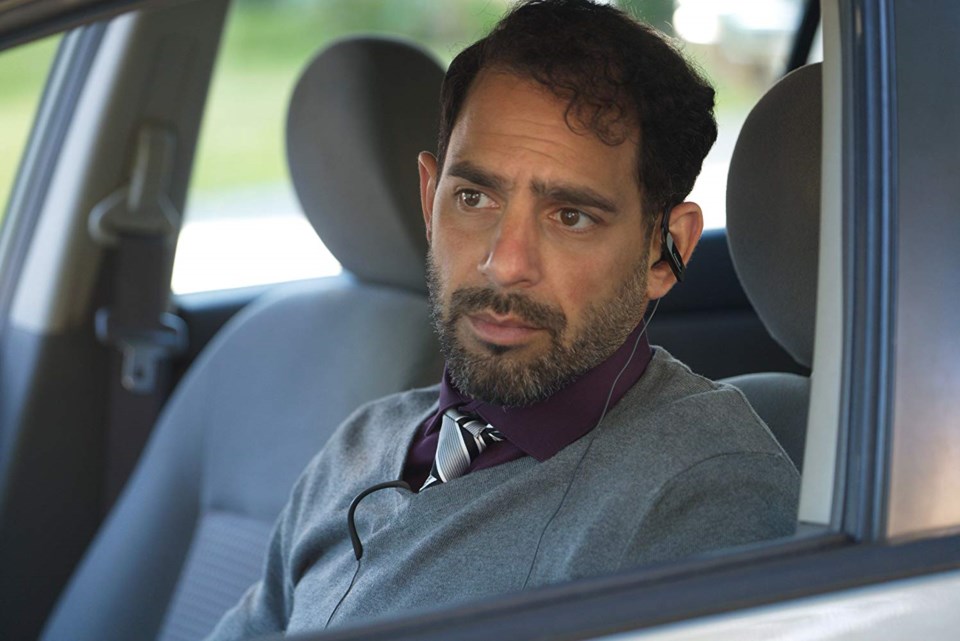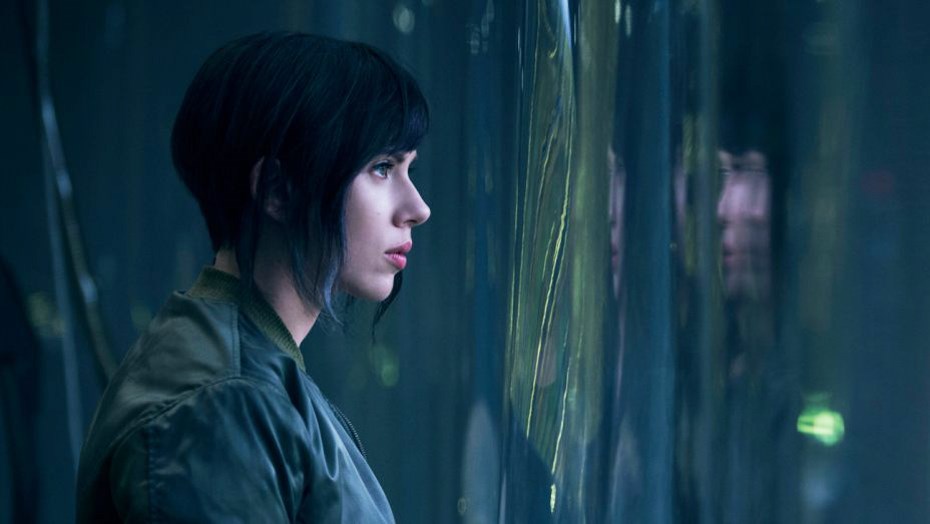Patrick Sabongui has turned down multiple acting roles because the characters were little more than racist caricatures of Middle Eastern men: snarling, AK-47-wielding, no-nuance terrorists.
“I face the same issues today that I faced 23 years ago when I started in this industry,” says the Vancouver-based, Egyptian-Canadian actor and producer. “There are times I’m looking down the barrel of the exact same stereotypical role that I got 20 years ago.”
Turning down work is not something that Sabongui — whose credits include Homeland, The Flash, and a Leo Award-nominated turn in the 2017 feature film Drone, in which he played a Pakistani father whose family is killed in a hellfire missile attack — does lightly.
“This is my career, and it often comes down to pay the bills or sleep at night,” says Sabongui. “The choice becomes, ‘Accept this role that’s going to make a huge financial difference, or pass on it and make nothing, or take a smaller role and have enough for next month’s rent.’ I’m still caught in that loop.”
Sabongui’s experiences navigating the industry as an actor of colour were the inspiration for Kyra Zagorsky’s award-winning short film, The Prince, about an actor of Middle Eastern descent (played by Lee Majdoub) who turns down the opportunity to play a terrorist in a blockbuster film.

But Sabongui’s story is not unique in Vancouver, a city that is statistically culturally diverse but whose culturally diverse actors face stereotypical roles and fewer opportunities than their Caucasian colleagues.
It’s not even unique to Vancouver. Diversity (or the lack thereof) in Hollywood has been a topic of industry dissection and social media meme-making for years. For every resounding success (Black Panther, Moonlight, Get Out, Kim's Convenience) there are missteps and instances of out-right racism that demonstrate that there’s still plenty of work to be done — the stats that led to #OscarsSoWhite; Star Wars: The Last Jedi star Kelly Marie Tran leaving social media due to racist and sexist attacks; Scarlett Johansson taking yet another role that wasn’t originally intended for a cishet white woman.
Locally at least, movement is afoot to level the playing field for minority actors.
In June, two Vancouver-based industry organizations held events designed to explore what it means to be a person of colour (POC) in showbiz. The actors’ union, UBCP/ACTRA, hosted two roundtables, one specific to Middle Eastern and North African actors, and another for East Asian actors. The Vancouver Asian Film Festival held a full-day of Diversity in Filmmaking panels that kicked off the 2018 edition of the Mighty Asian Moviemaking Marathon (MAMM).
“The conversation is so complex, but the more people we include, we hear a broader voice, and it becomes a collective issue instead of a personal issue,” says Mayumi Yoshida, an actress (The Man in the High Castle) and award-winning filmmaker (Akashi) who, along with Nach Dudsdeemaytha, is creative producer of MAMM and spearheaded the Diversity in Filmmaking panels.
“It’s not something that this one community has to solve,” adds Yoshida. “It’s all of us.”
Opportunities for local POC actors are often limited because of an expectation held by American productions that the city isn’t diverse enough to warrant casting those roles up here, says Sabongui.
“It’s widely spoken about and it’s overt,” says Sabongui, who produces the UBCP/ACTRA roundtables and sat on one of the MAMM panels. “They come with the expectation that the majority of diverse roles they want to cast, they’re going to have to bring up actors from the States. That cuts into everybody’s bottom lines.”
For Sabongui, the journey to fully actualized diversity within the film industry begins with developing young actors of colour. “You are never going to get the volume of visible minorities to be the best person for the job if you don’t encourage their development from a grassroots level,” says Sabongui, who practices what he preaches through Fulfilling Young Artists, the mentorship program he runs with actor Sage Brocklebank.
Audiences can be part of the sea change, too, by seeking out and actively supporting diverse content. “When you see good films that are diverse, really talk about it,” says Yoshida. “Be vocal. Let people know how good they are. That itself could lead to another film.”
For her part, Yoshida is determined to motivate artists of colour to value and share their own stories, like she did with Akashi (about a woman who returns to Japan for her grandmother’s funeral) and like Chinese-Canadian artist Domee Shee notably did with her recent Pixar short, Bao, about a Chinese woman who mothers a dumpling.
“I never thought my perspective or experience was unique, or special, but I’m realizing how the more personal the story is, the more compelling it is to others,” says Yoshida. “Right now, we’re living in a great time where these stories are finally being valued and people are interested.”
One venue through which culturally diverse filmmakers can tell their stories is MAMM, the high-energy filmmaking competition that’s in its 13th year.
MAMM is accepting ideas for one-minute and 10-minute films until July 13; one key creative member of the team (producer, director, writer, cinematographer) must be from a visible minority or of Asian heritage. Details at www.vaff.org/mamm13


